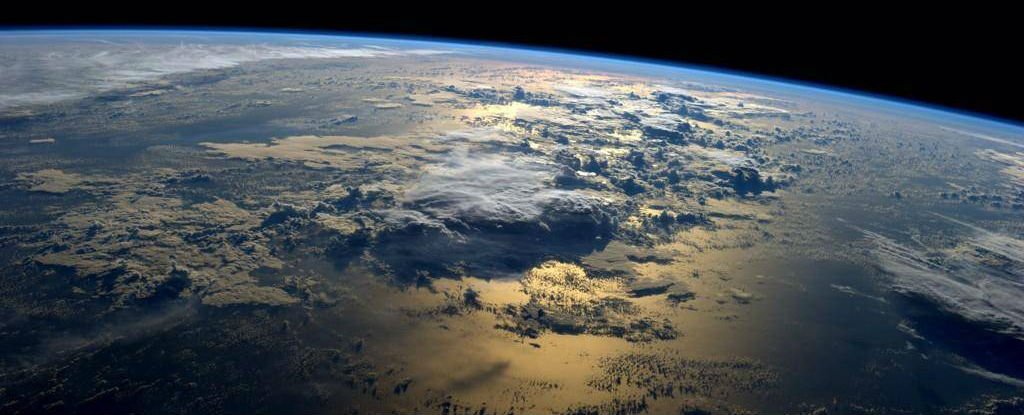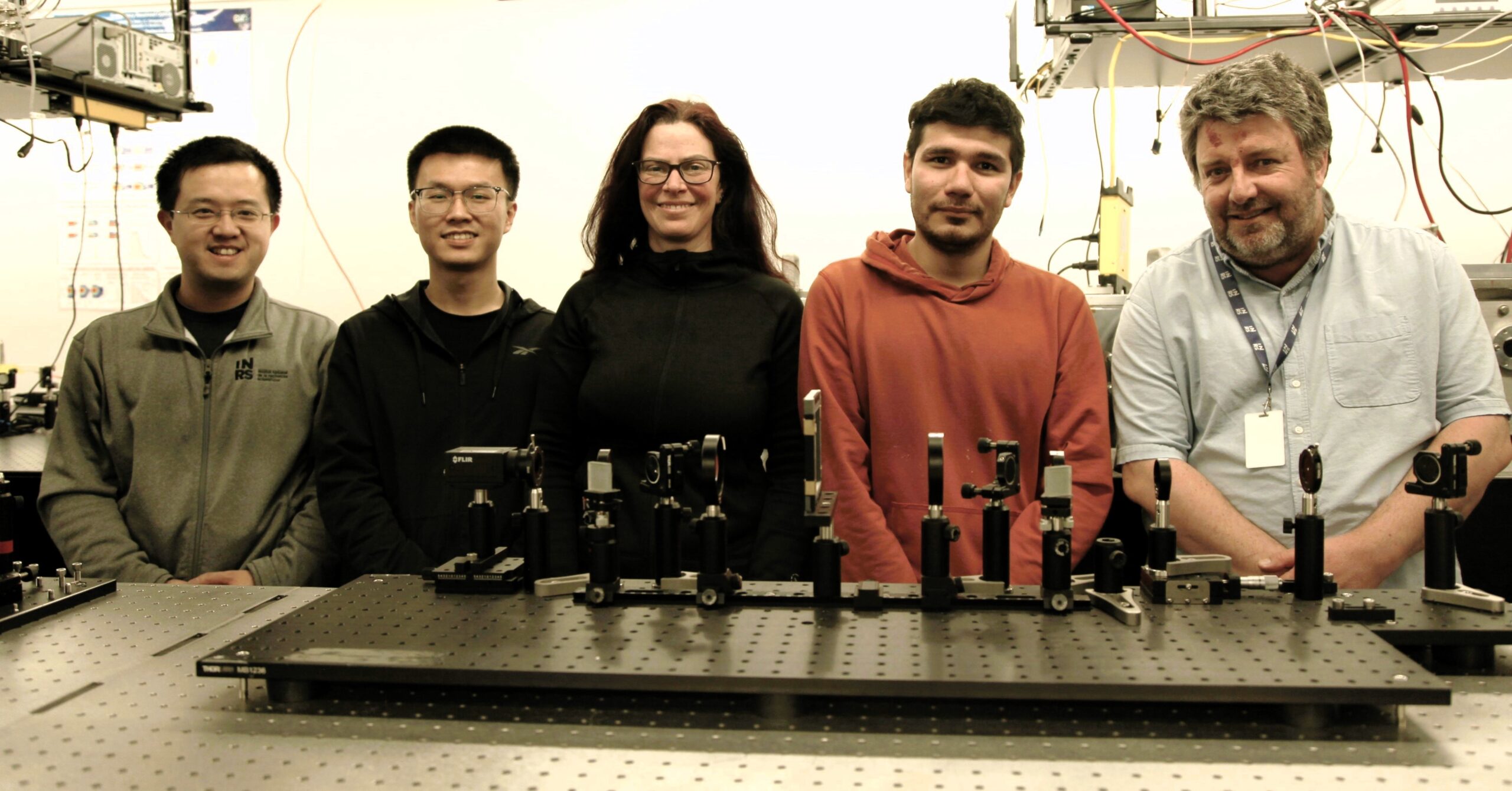A team of scientists from Tata Institute of Fundamental Research’s Cosmic Ray Laboratory in India detected a crack in Earth’s magnetic shield which allowed galactic cosmic rays to leak into the Earth’s atmosphere and caused huge geomagnetic storms.
The world’s largest and most sensitive cosmic ray monitor, GRAPES-3 muon telescope, located in Ooty (India), has recorded a burst of galactic cosmic rays. As per scientists, this burst of galactic cosmic rays indicates a crack in the Earth’s magnetic shield.
This telescope has recorded a burst of about 20 GeV, on 22 June 2015. This bombardment lasted for 2 hours and emitted immensely high-energy radiation. This burst took place when a giant cloud of plasma ejected from a solar corona, and traveled through space at about 2.5 million kilometers per hour and struck Earth.
This all resulted in triggering of severe geomagnetic storms that generated aurora borealis, and radio signal blackouts in many high-latitude countries in North and South America
From that very day, researchers at Tata Institute of Fundamental Research in India have performed various simulations based on the data they received from GRAPES-3, by using the 1280-core computing farm, developed by the GRAPES-3 team.
Their results indicate that the magnetosphere (the area containing the planet’s magnetic field) had been temporarily cracked. The team explained that this high-speed strike was relentless; it resulted in severe compression of the magnetosphere, forcing it to shrink from 11 to 4 times the radius of Earth.






